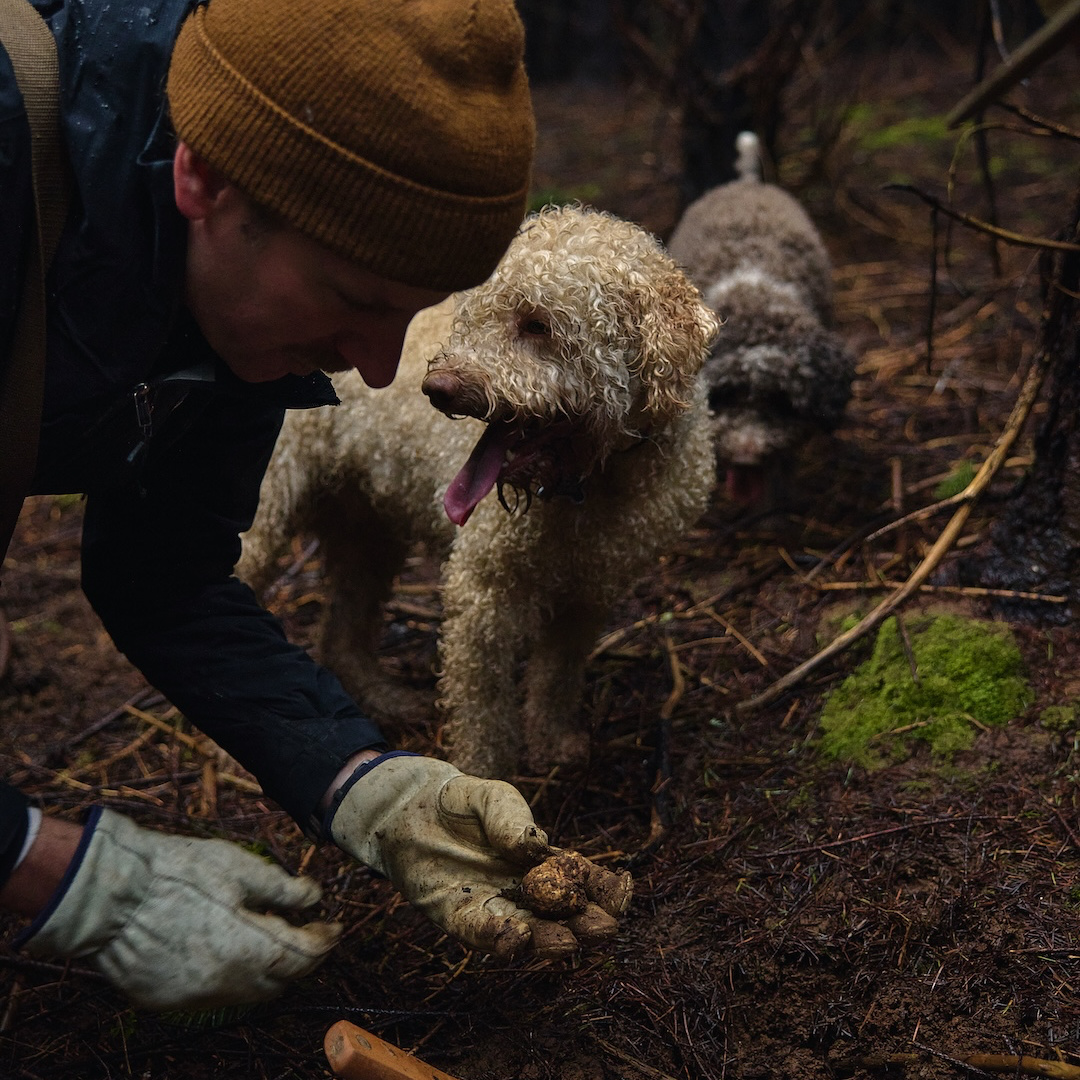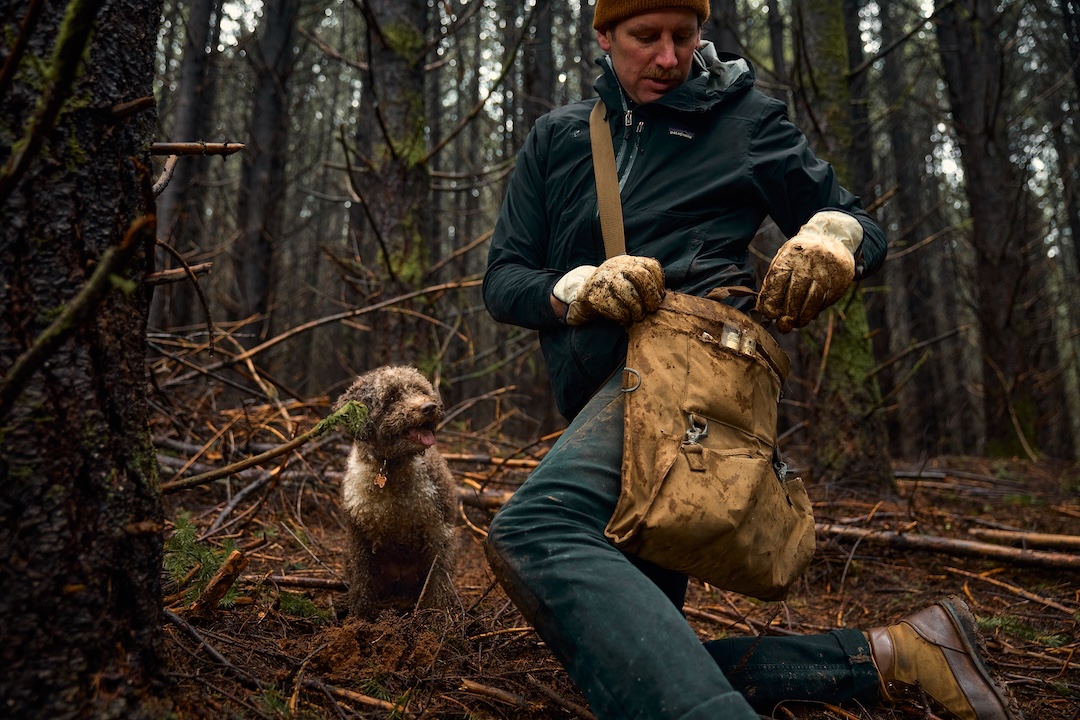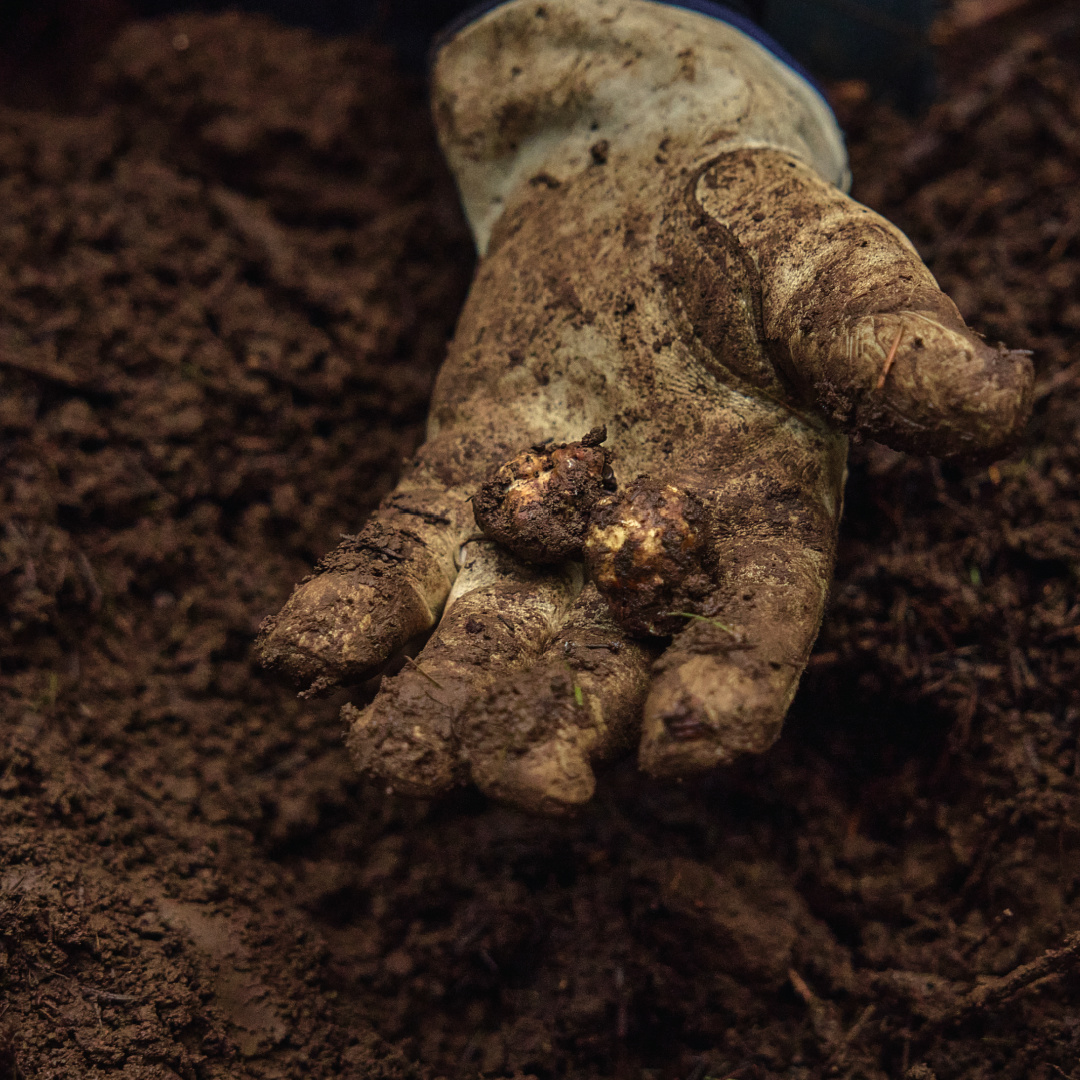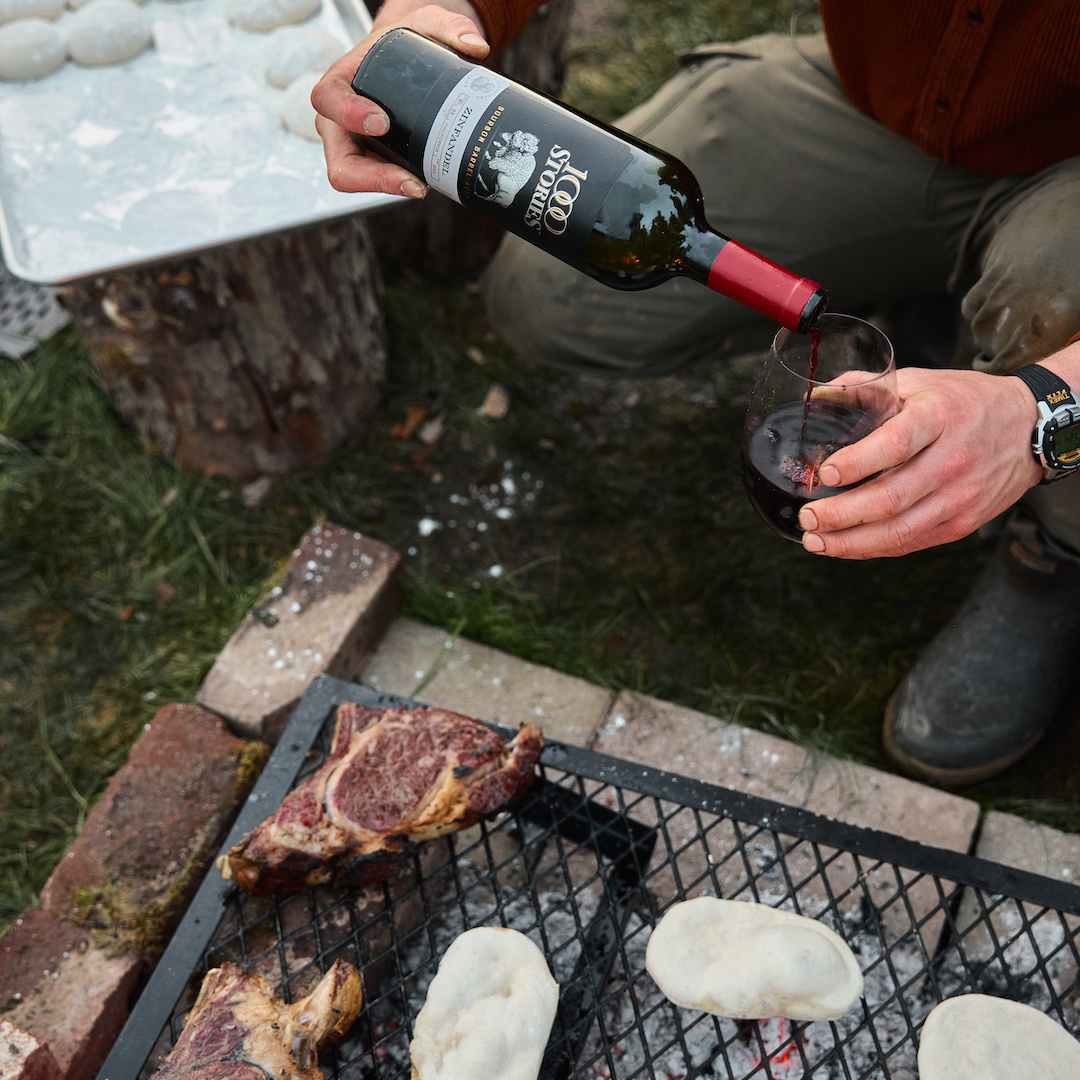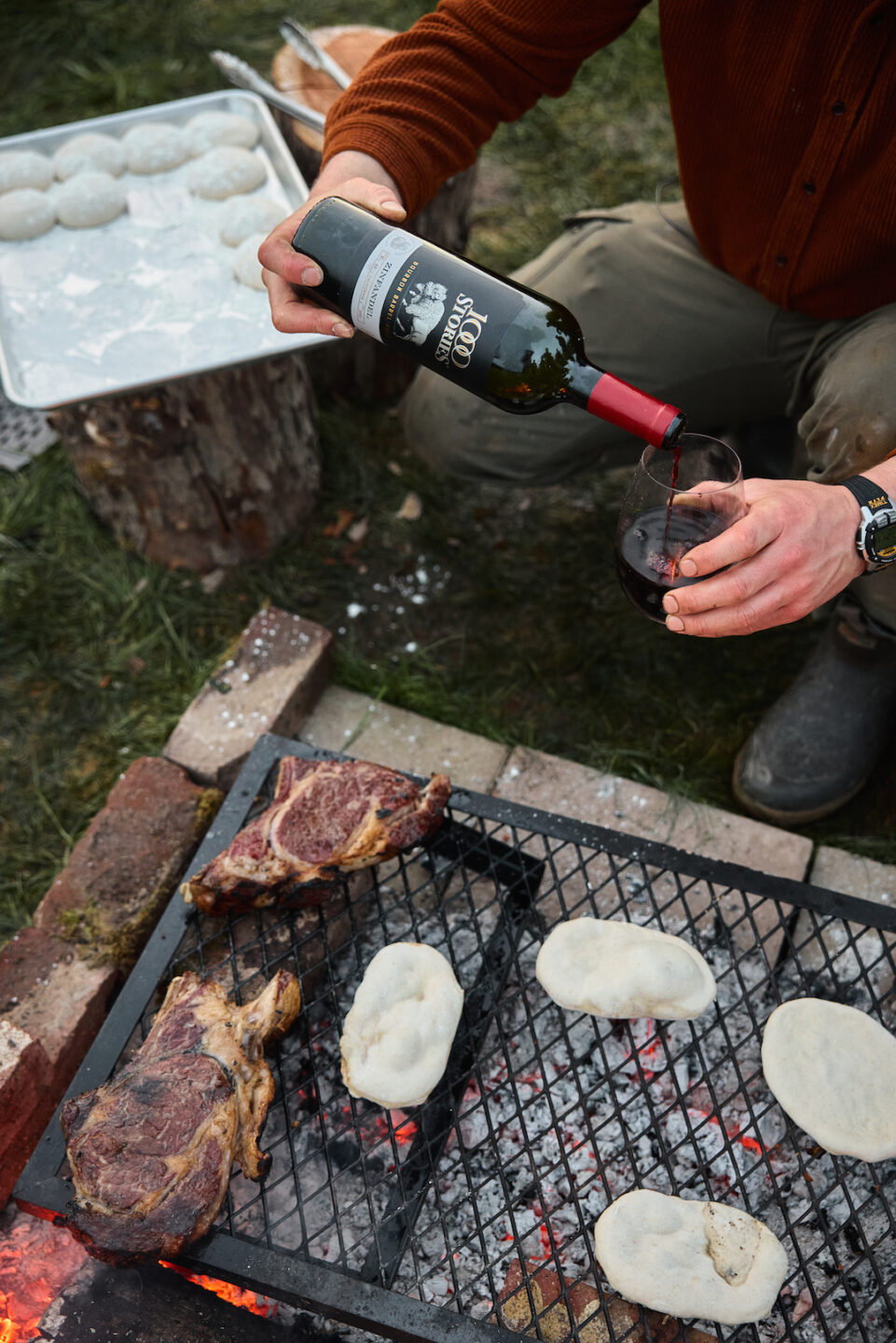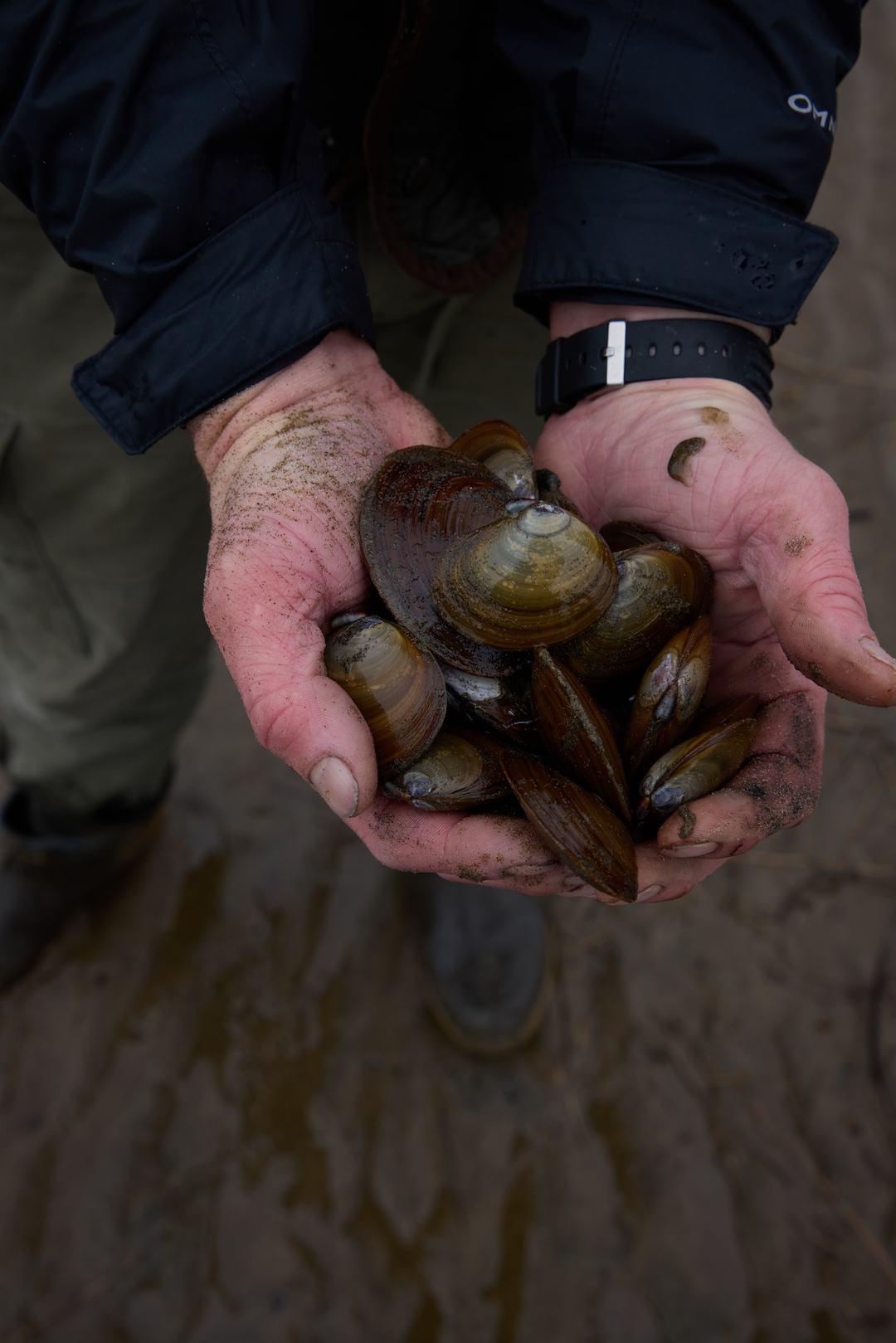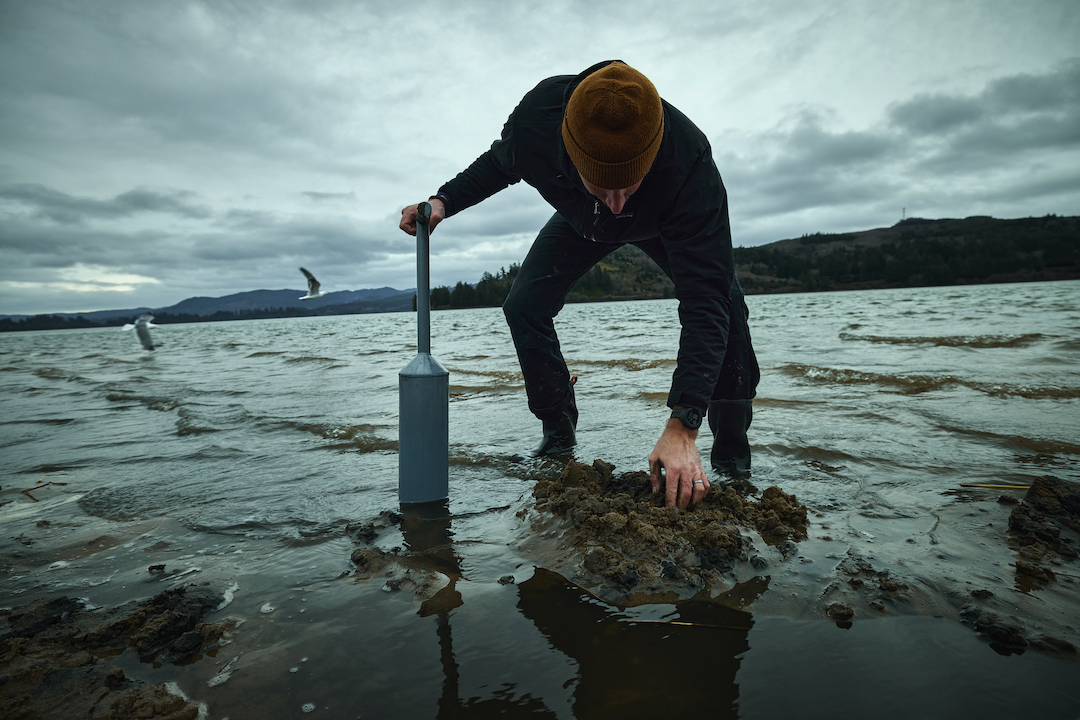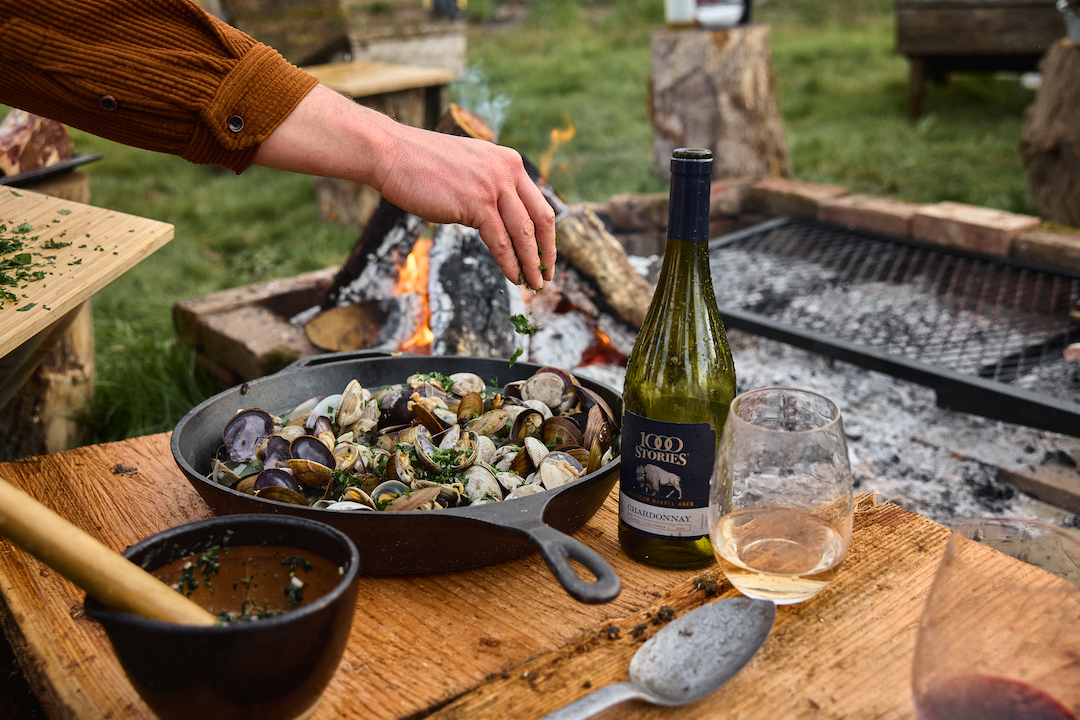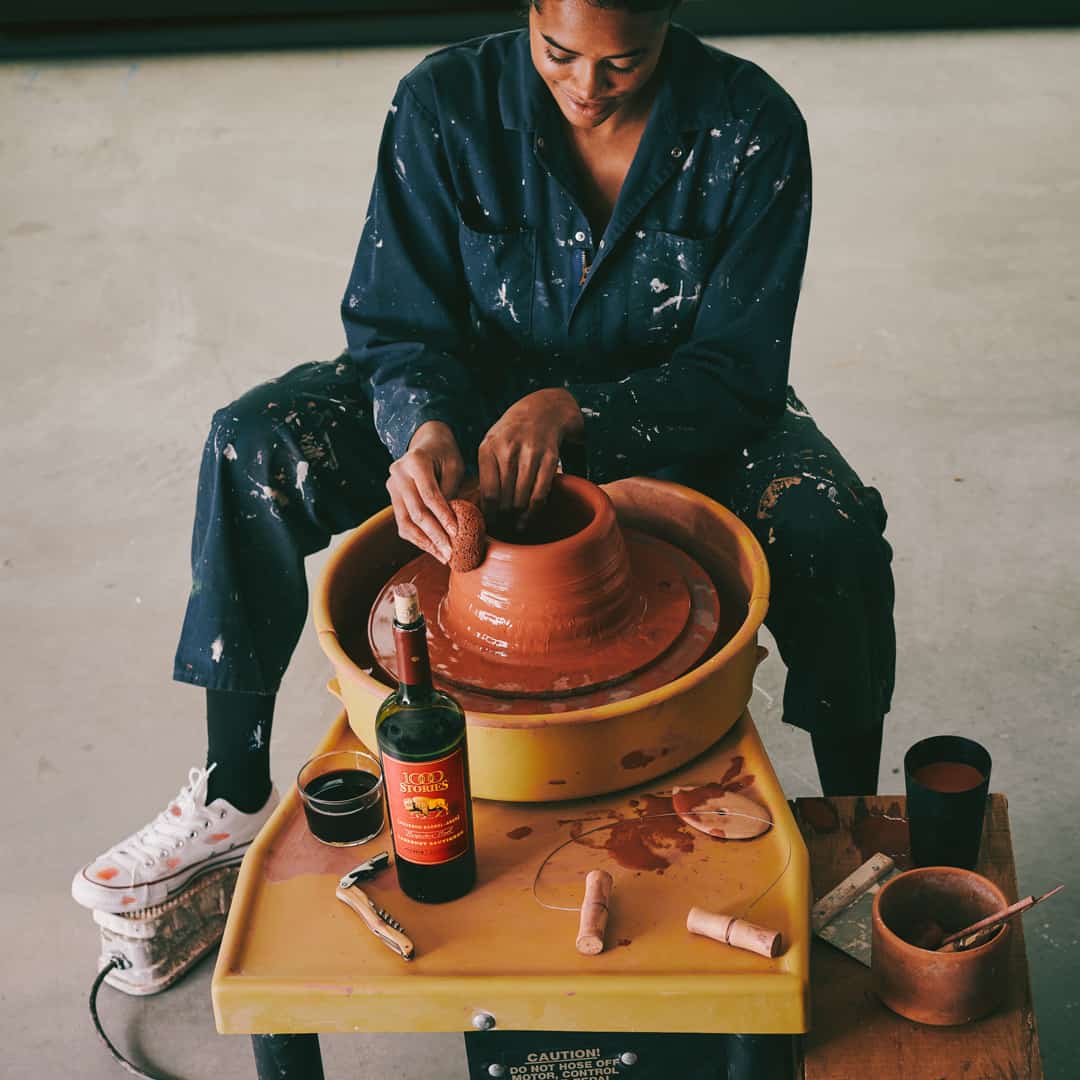Ah, Zinfandel. Our crowd-pleasing, happy-sipping, versatile, bold red wine.
Zin is a beloved wine here at 1000 Stories. Our winery was founded on an idea about zinfandel: that zin can be made in a unique style, aged in used bourbon barrels and released in batches. Each batch has its own mix of grapes from storied vineyards, coupled with a different approach to barrel ageing (we use a mix of bourbon barrels and oak – with the recipe changing for each batch). No two batches are the same, and our zinfandel continues to be one of our most popular wines, receiving high scores and praise from critics and club members.
Beyond our cellar, zinfandel has a storied history and a unique place in American and world-wide winemaking.

Zinfandel History in the U.S.
Zinfandel grows very well in Mediterranean climates, making it a perfect grape to thrive in California. Zin is grown all over the state, from Mendocino County, through Napa Valley and Sonoma County and down to Paso Robles and Southern California. Zinfandel is the fourth most planted grape variety in California (after chardonnay, cabernet sauvignon and just after pinot noir). In fact, zinfandel grows so well in California that for years it was thought that the grape was native, with many calling it “America’s grape.” However, in the early 2000’s researchers found that it actually originated from a grape in Croatia called Crljenak Kaštelanskski (pronounced, “Tserl-yee-ehnak Kashh-tell-ann-skee”) or Tribidrag.
The oldest grape vines in California that are still producing wine are generally planted to zinfandel. The oldest documented zinfandel vineyard in California is the Grandpere Vineyard in the Sierra Foothills. It was planted in 1869. Sonoma’s Pagani Ranch Vineyard was planted in the 1880’s and there are vineyards over 100 years old in Lodi, the Russian River region, Contra Costa County and Dry Creek Valley. Wine from these vineyards is generally called “old vine” zinfandel and is as popular for its taste as it is for its place in history.
Zinfandel Tasting Notes
Zinfandel can be made in a variety of styles and has a large range when it comes to flavor. In general, here are some of the descriptors commonly used for Zinfandel:
- Flavors: Black and red berries, cinnamon, sweet tobacco, peach preserves
- Body: Medium to full
- Tannins: Medium to high
- Acidity: Medium to low
- Alcohol: Depending on how ripe the fruit gets, Zinfandel can range from 14-16% alcohol
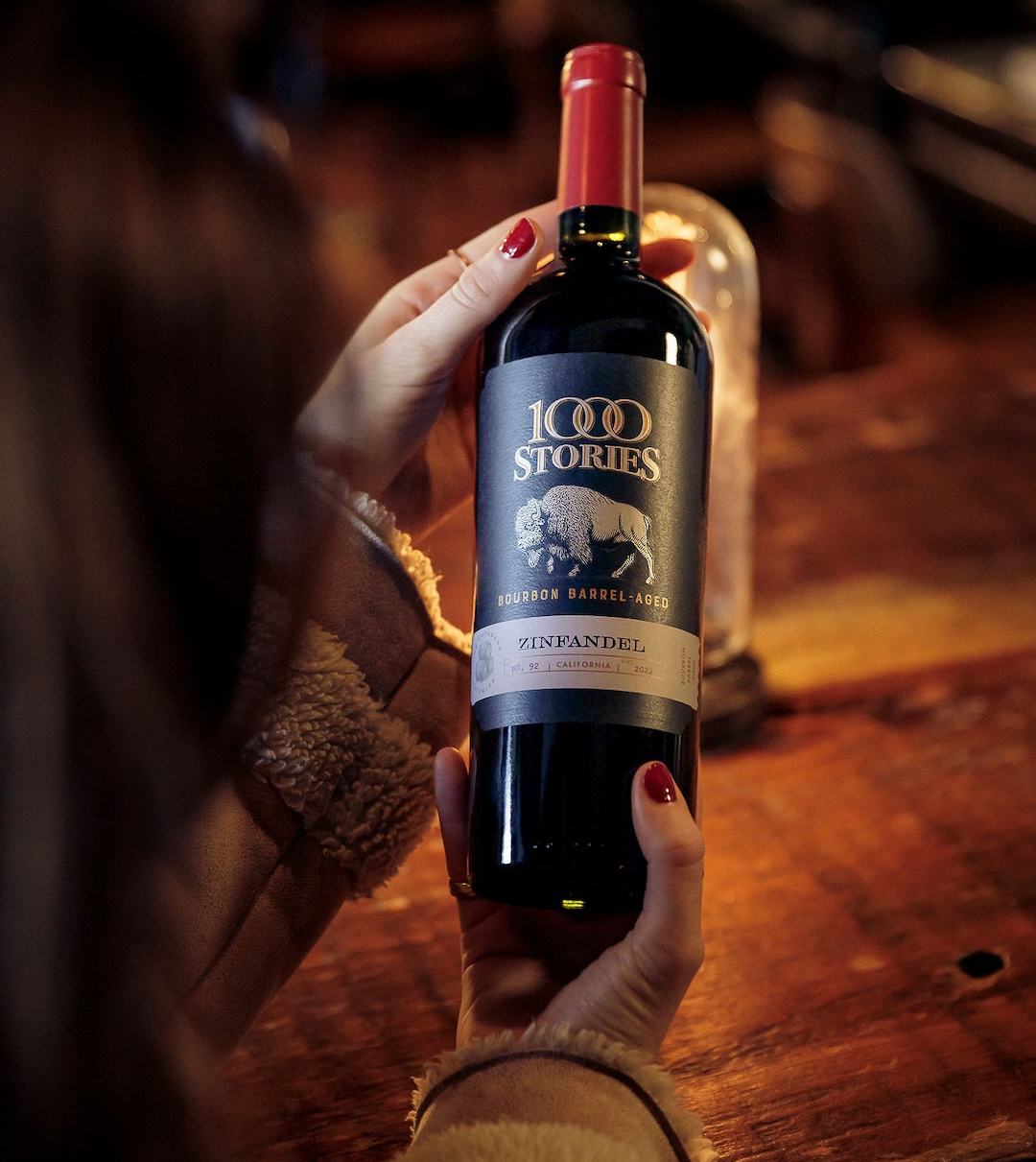
Zinfandel Food Pairings
When it comes to food pairings, zinfandel is a perfect choice for a fancy steak dinner and a casual pizza night. It’s also a favorite to be sipped on its own, but here are a few of the best foods with zinfandel:
- Grilled meats (BBQ ribs, steak, pulled pork or Thanksgiving turkey)
- Spicy dishes (spicy sausages, chili, curry or Cajun-spiced dishes)
- Rich pastas (marinara, meatballs, creamy sauces)
- Cheese pairings (aged cheddar, gouda, rich and bold is best for zin-pull several together for a zin-inspired charcuterie board)
Zinfandel Fun Facts
There is no shortage of interesting details about zinfandel, a wine that has been enjoyed all over the world dating back to the Roman Empire. But here are a few fun facts we should mention – just because they make for great stories:
- Zinfandel vines can be identified in a vineyard pretty easily. In general, zinfandel is “head trained” meaning it is grown in a single bush as opposed to along a trellis like many modern grape varieties. For much of the year, zinfandel vines look like gnarled, twisty stalks, giving them a unique look in the vineyard.
- White Zinfandel: This wine is a sweet zinfandel rosé made popular by Napa Valley’s Sutter Home in the 1970’s. The wine skyrocketed in popularity to become one of the most consumed wines by the late 1980’s and was more popular than red zinfandel for many years. While the demand for white zinfandel has died down, the trend did preserve many zinfandel vineyards which may have been removed during those years – giving red zinfandel lovers good reason to embrace this sweet piece of history.
- Zinfandel has had many names throughout the world and history. It is widely consumed in Italy under the name “Primitivo,” is called Kratošija in Montenegro and Macedonia and, as previously mentioned is often called Crljenak Kaštelanski, Tribidrag or Pribidrag in Croatia, the latter two words meaning “early ripening” in Greek.
- Zinfandel does not have the same reputation for being a great ageing wine like cabernet sauvignon, but the best zinfandels can be aged for 10-20 years and beyond.
- Zinfandel grapes often ripen at different times on the vine, challenging winemakers and viticulturists to choose a date to pick the grapes when all will be ripe enough, but not overly-so.
If you too have been captivated by zinfandel, you are in good company. We expect this grape to continue to delight its fans for the next 2,000 years. We hope you’ll continue to explore different zinfandel wines, grapes and pairings and to share your stories! If you have a great experience with 1000 Stories zinfandel, send it to us, or tag us on Instagram @1000storieswines
Sources: SevenFiftyDaily, Wine Folly, Delectable

